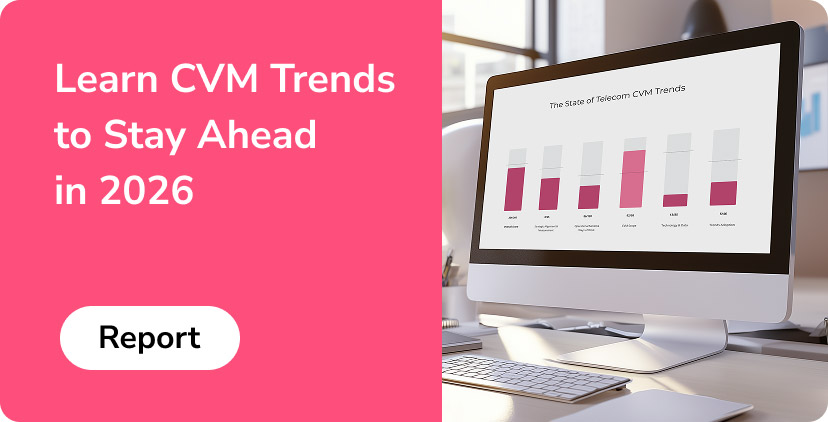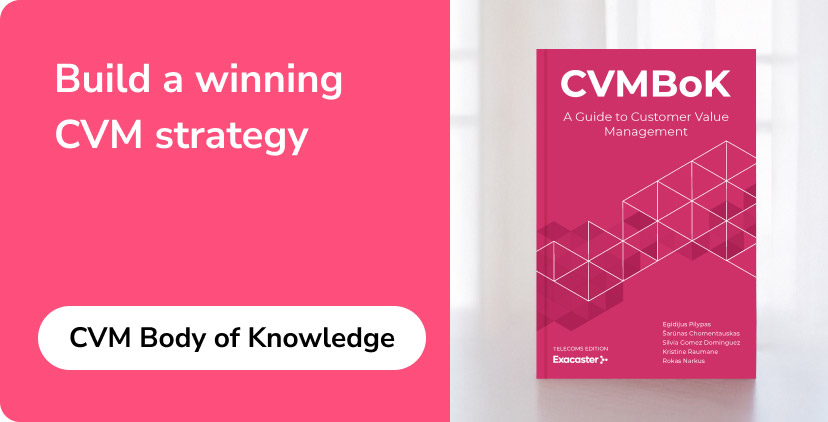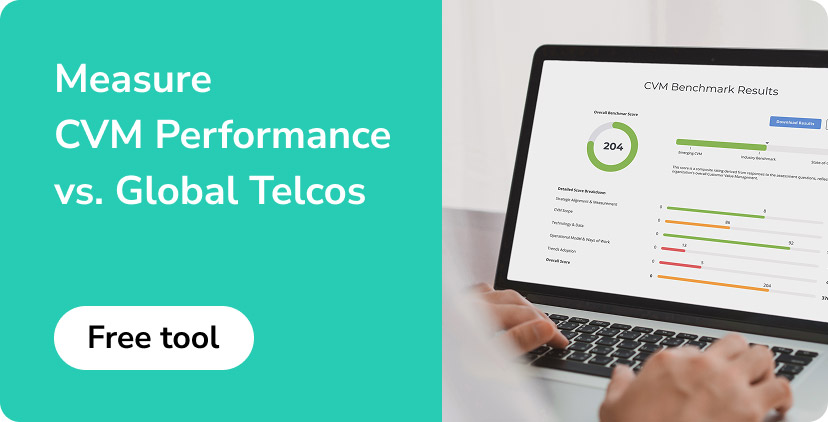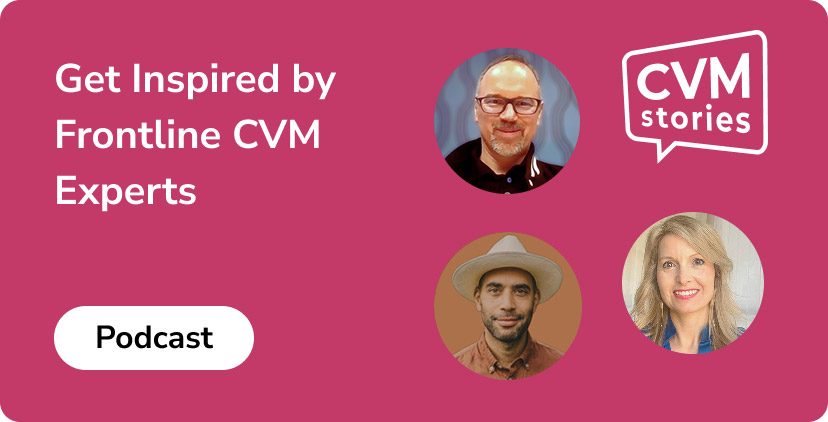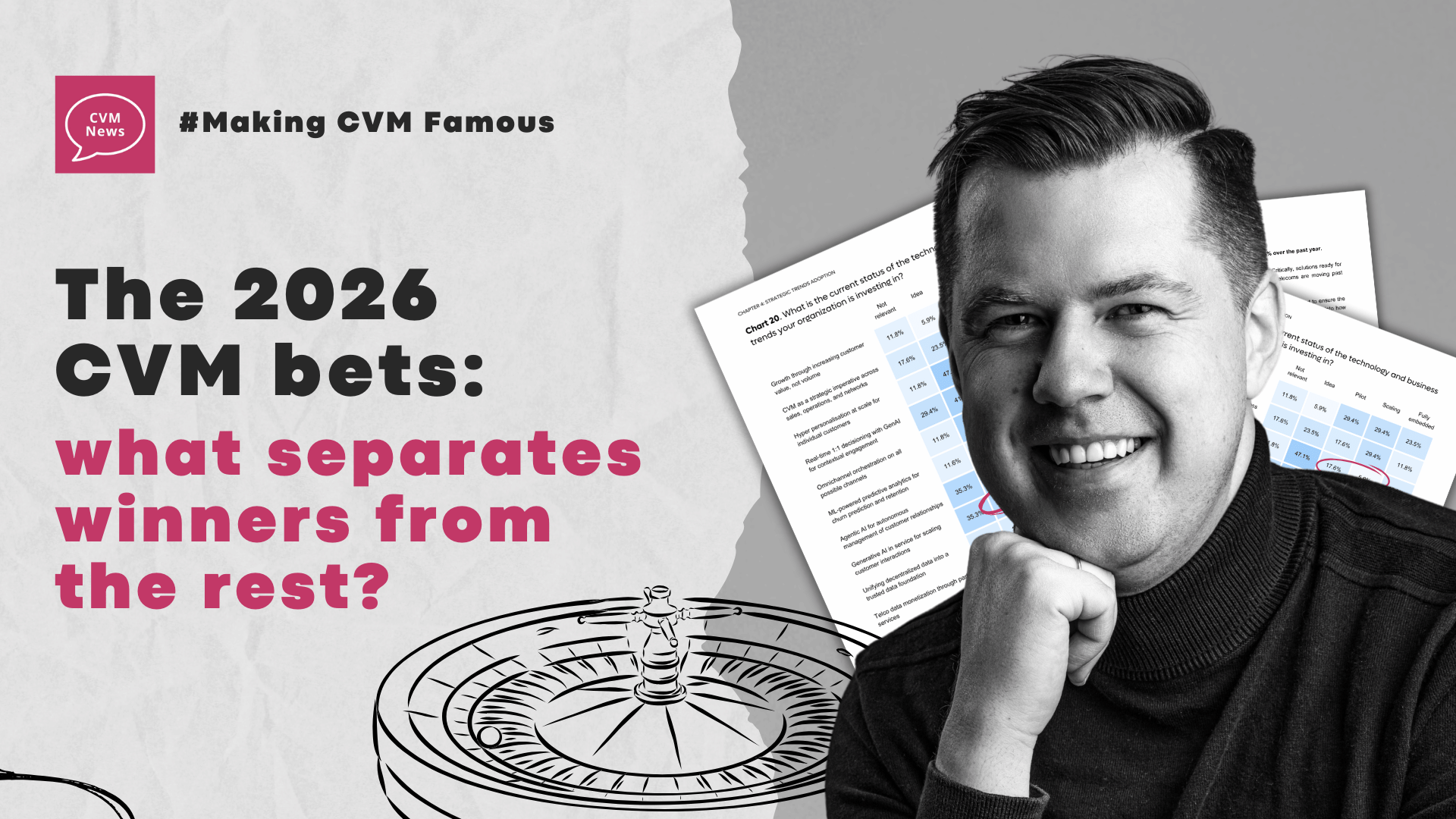CVM Budget Strategy 2026: Why Teams Keep Losing the Battle — and How to Win
Discover how to build a winning CVM budget strategy 2026. Learn why teams lose funding battles and how to speak the CFO’s language to secure your share.
Welcome to CVM News. This isn’t just a newsletter; it’s a mission to make Customer Value Managers (CVMs) famous! Every month, I’ll share news, updates, wins, and challenges about our journey in CVM. Join me!

It’s here again: budget season.
Spreadsheets flying. Forecasts multiplying. Business cases competing for oxygen.
And if you’re in Customer Value Management (CVM), this is when the cold sweat kicks in.
Because you know what’s coming: CVM gets a smaller slice than Acquisition. Not because you’re less impactful — but because Acquisition counts impact better.
The Painful Truth About Budget Splits
Industry benchmarks say only 25–45% of marketing budgets go to existing customers. The rest? Straight into acquisition.
But look at your scorecard: onboarding rates, ARPU growth, retention, customer satisfaction. You own more KPIs than anyone in marketing — yet get funded 2–3x less than the team chasing strangers.
And with your smaller budget, you’re still expected to cover everything: tech (decisioning platforms, CDPs), analytics & AI (churn, propensity models, NBO, personalization) offers & loyalty programs, communications channels (SMS, push, email) and people (your team!).
The Real Problem: You’re Not Helping CFOs Reach EBITDA
Here’s why Finance keeps trimming your budget: your KPIs don’t always show up in next year’s P&L. Because:
- ARPU → clear revenue link
- Onboarding, retention, customer satisfaction → harder to tie to next year’s numbers
You say: “But we track Customer Lifetime Value (CLV)! It’s the most important KPI for CVM!”. And I say: “It looks great on a slide — but it doesn’t tell Finance how it will increase revenue and EBITDA next year.”
And if it’s not in next year’s P&L… It doesn’t get funded.
How to Flip the Script in 2026
Stop fighting “new vs. existing customers.” Reframe your budget story around customer lifecycle impact:
- Awareness & acquisition → the Acquisition team has an upper hand here because their revenue impact is simple math: X customers × ARPU. But don’t let this stop you.
- Onboarding → quantify incremental revenue from higher completion rates.
- Growth → quantify ARPU uplift from upsell and cross-sell.
- Retention → the hardest but most powerful: churn reduction expressed in $$ terms.
This is the language that makes your CMO and CFO smile: impact per stage → revenue linkage → EBITDA contribution.
The 60-Day Window That Makes or Breaks 2026
This is your Super Bowl. Use budget season to:
- Lock funding for AI decisioning engines
- Revamp Next Best Action and Next Best offer programs
- Build smarter onboarding flows
- Invest in analytics and personalization
- Make this break through push with proactive and reactive retention activities
The next 60 days will decide your 2026 — and probably your 2027 bonus. Miss it, and your “breakthrough year” becomes “no promotion, no bonus year.”
Bottom line: if you can prove CVM’s revenue impact per customer lifecycle stage, CVM stops being a “nice-to-have” — and starts winning the budget battle.

The latest updates and resources in Customer Value Management from Exacaster
The CVM Benchmark — Need a Shortcut to Your 2026 Planning?
Whether you’re just starting to brainstorm or already budgeting, here’s a fantastic shortcut for telco CVM teams: the CVM Benchmark.
This free tool shows exactly where your CVM performance stands and how it compares to other telcos globally. Find it at cvmbenchmark.com
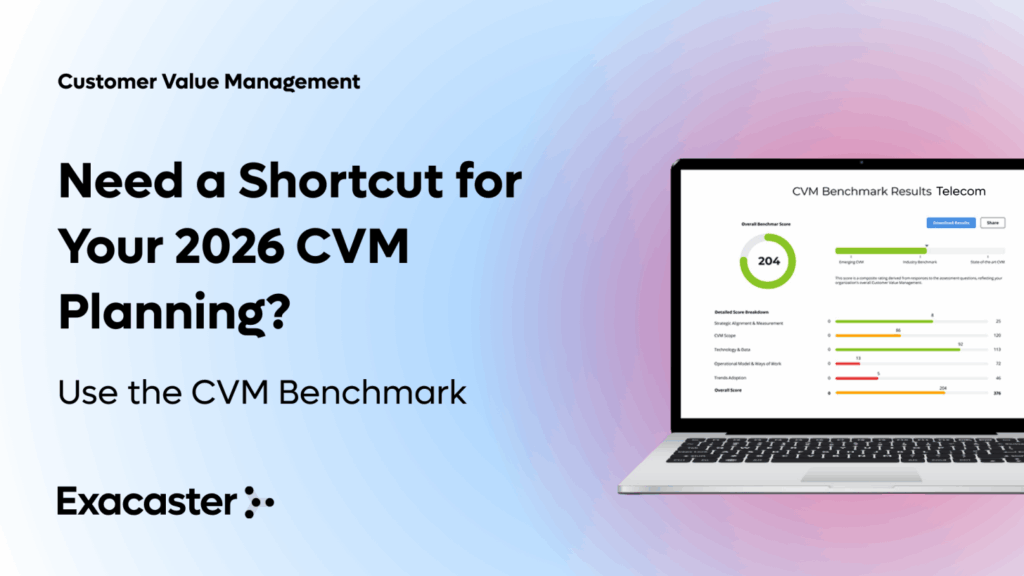
👉 Bonus: the first 25 telecom professionals who complete the CVM Benchmark starting today will receive a free physical copy of the CVMBoK book.

“You can’t just send SMS discounts occasionally and expect results”, says Aydin Ismayilov, Head of Customer Value Management at Aztelekom.
During a fixed-services campaign, we poured resources into what we thought was the perfect offer — but the timing was all wrong. Customers ignored it. Engagement and results crashed. Panic spread fast. Two to three days later, we had to intervene: follow-ups via SMS and calls, household targeting, and behavioral cross-sell.
The lesson learned: campaigns stumble when timing and psychology are ignored. Insights from a Campaign Management Data Mart can transform failures into success.
This story comes from the CVM Stories podcast episode with Aydin: Winning CVM in Fixed Services: From Customer Lifecycle to Data Mart. 🎧Listen to the full story
What’s the CVM conversation you’ve been meaning to start? Share your story – someone else might be waiting to hear it.
